Tablespoons Vary in Volume Measurement Depending On Where You Live
When is a Tablespoon Not a Tablespoon? Answer: When it is considered to be equal to 20 ml, like in Australia, versus the 15 ml tablespoon that we use in the U.S. and virtually everywhere else.
Did we lose you?
What this means is that since much of the low FODMAP information that we all reference is coming out of Australia, that if Monash University says that it is okay to have “1 tablespoon” of something, we have to look at the weight or volume equivalent of that item to know how it equates to our measuring implements here in the States and elsewhere around the world.
Looking at it another way, all countries set teaspoons at 5 ml., but 4 teaspoons equal 1 Australian tablespoon, while in the U.S. and elsewhere 3 teaspoons equal 1 tablespoon. What does this mean for you?
Get Ready: Turn Your Math Brain On
For Americans and non-Australians it is good news because when a Monash University reference says that FODMAPers can have 1 tablespoon of something – such as raisins – it means that we non-Australians can actually have more than we initially think, if measuring with our implements.
This is because 1 tablespoon of raisins in Australia equals 13 grams and is given the Green Light by Monash, while 1 tablespoon of raisins everywhere else equals slightly less than 10 grams. So we non-Australians can actually have almost one-third more!
For FODMAP Everyday®, however, we approach things conservatively and if Monash University states that “1 tablespoon” of something is allowable, we stick with that wording. This also means that recipes do not fluidly translate from Australia to the U.S. (and beyond) and vice versa, so pay attention when using recipes from varied international sources.
Knowledge is power and attention to detail is important in the low FODMAP diet when it comes to amounts and serving sizes.
Speaking of Measuring Spoons
Let’s talk equipment quality. Decades ago Gourmet magazine did an article that stuck with me. They had everyone in the office bring in their own personal set of measuring spoons.
Then they took salt, measured it in every one of the sets of spoons and weighed the results. The results were staggering. They varied by as much as 100%! Some of the tablespoons of salt weighed around 16 grams, which is the correct weight, while some were as little as 7 or 8 grams and they found many variations in-between.
Shocking!
Invest in Quality Tools
Why did this happen? It had to do with the quality of the measuring spoons. In the Test Kitchen we use measuring equipment from Williams Sonoma, Cuisipro (seen below) and The Baker’s Catalogue.
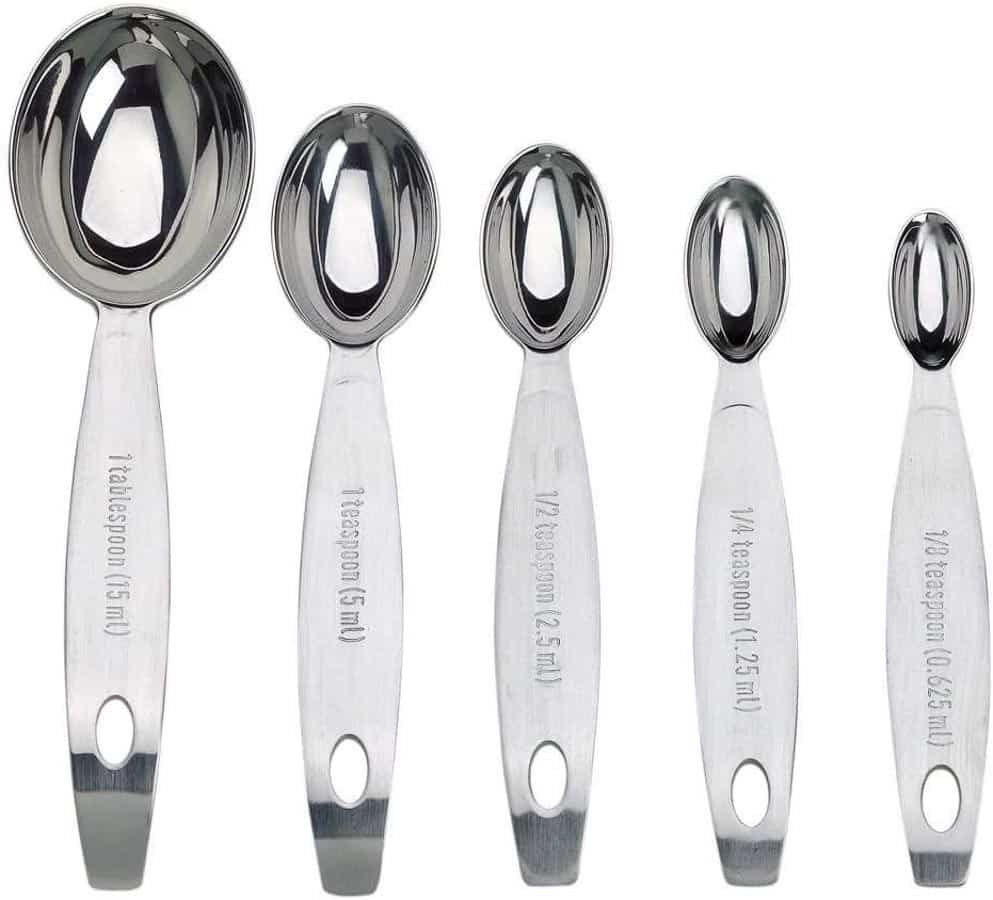
What Not To Buy
Cheap, poorly made measuring spoons are often improperly calibrated, and that will wreak havoc with any recipe. If you have dollar store versions, dented sets, old-flea market finds or decorative ones that look like hearts or flowers, toss them.
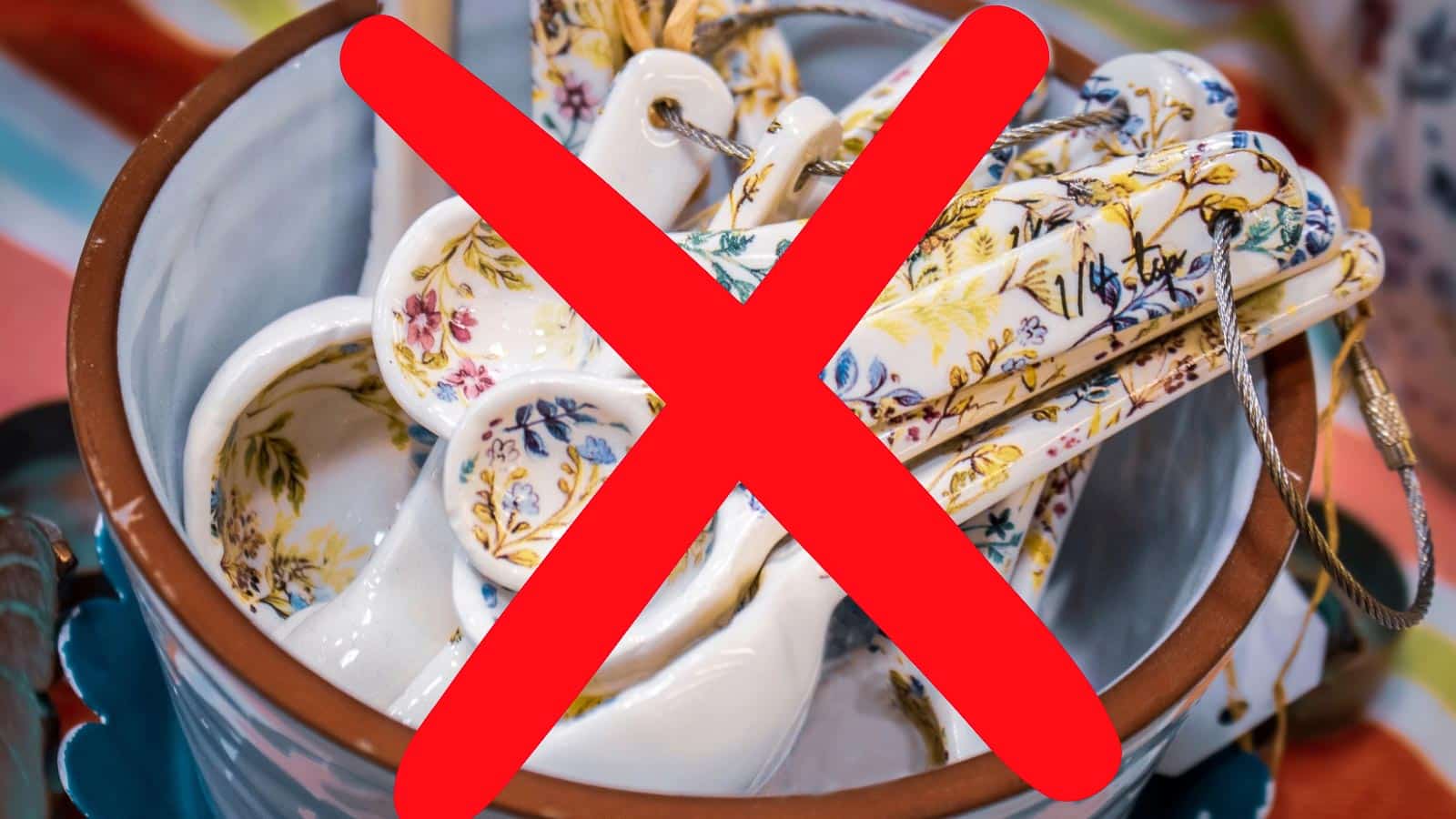
Invest in high-quality equipment, such as from the brands mentioned; they will last forever.
Do It!
You might be thinking, hey, I’ve used this one set of spoons for years with no problem! Really? How about those baked goods that didn’t come out as great as you had expected?
Think about it.

If a recipe calls for 1 tablespoon of baking powder and you are really measuring out a different amount the recipe will not be at its best and possibly will fail. And when it comes to being precise with your low FODMAP diet, you really need to give yourself a leg up.
Having high quality measuring spoons will help you not only get the best results from recipes, but in the instance of translating Australian to other cuisines, you will be able to measure out and eat more of the delicious low FODMAP foods that you crave.
Some of our Favorite Kitchen Utensils can be found in our SHOP.
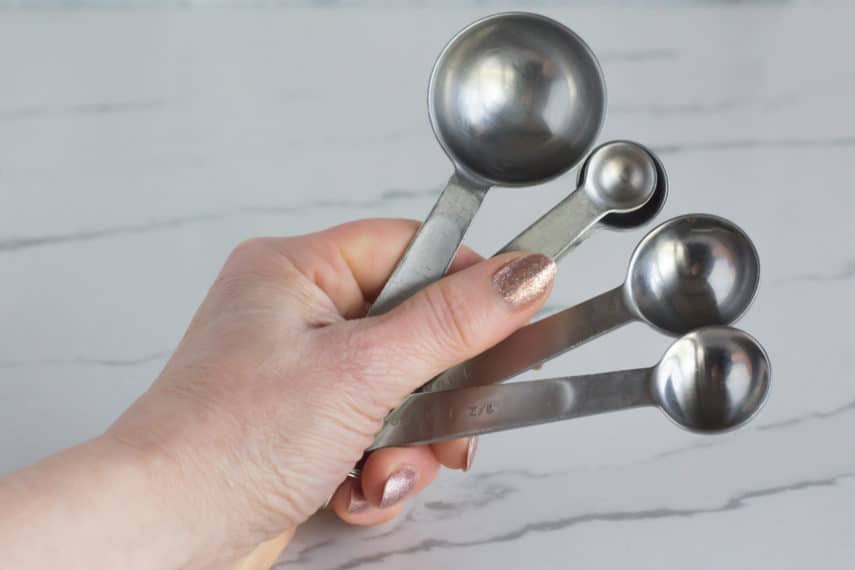
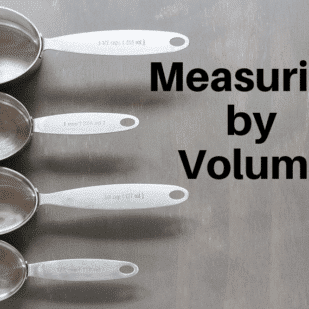
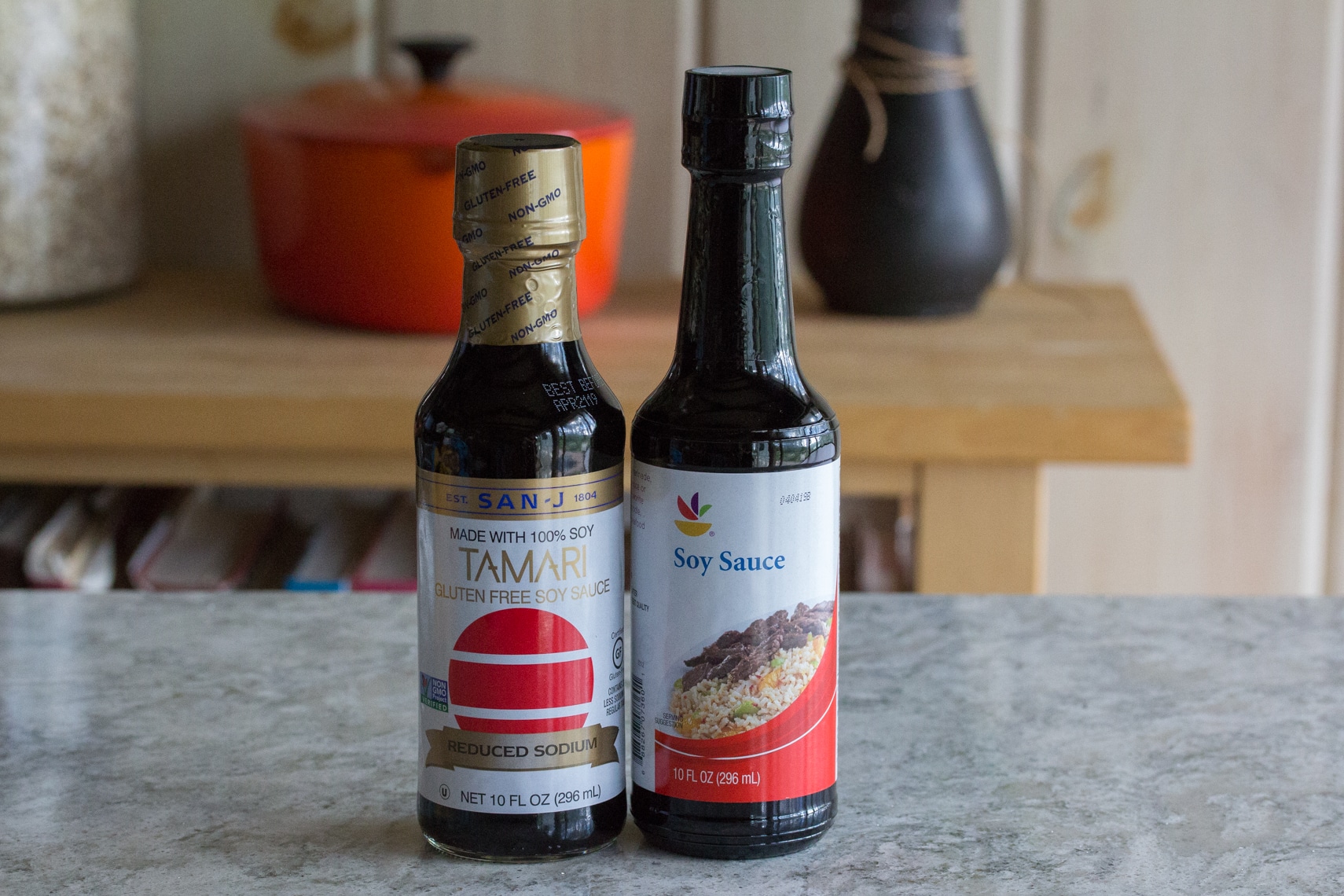





Thanks quite astounding info!
Oh, Thank you! It is so important and yet no one talks about it…WE DO! 🙂
I never thought about a large difference in Australian measures and US. This is very helpful. Makes me want to invest in an Australian set of measuring spoons…but better, if my math is correct, simply add a teaspoon to a USA tablespoon in order to have the correct measure. But then, the 1/2 Tablespoon will also be off. How about the other measures? Any important differences?
We are based in the US and all of our recipes use US tablespoons. If you plan on using a lot of Australian recipes that would be the only time it would really be an issue when cooking